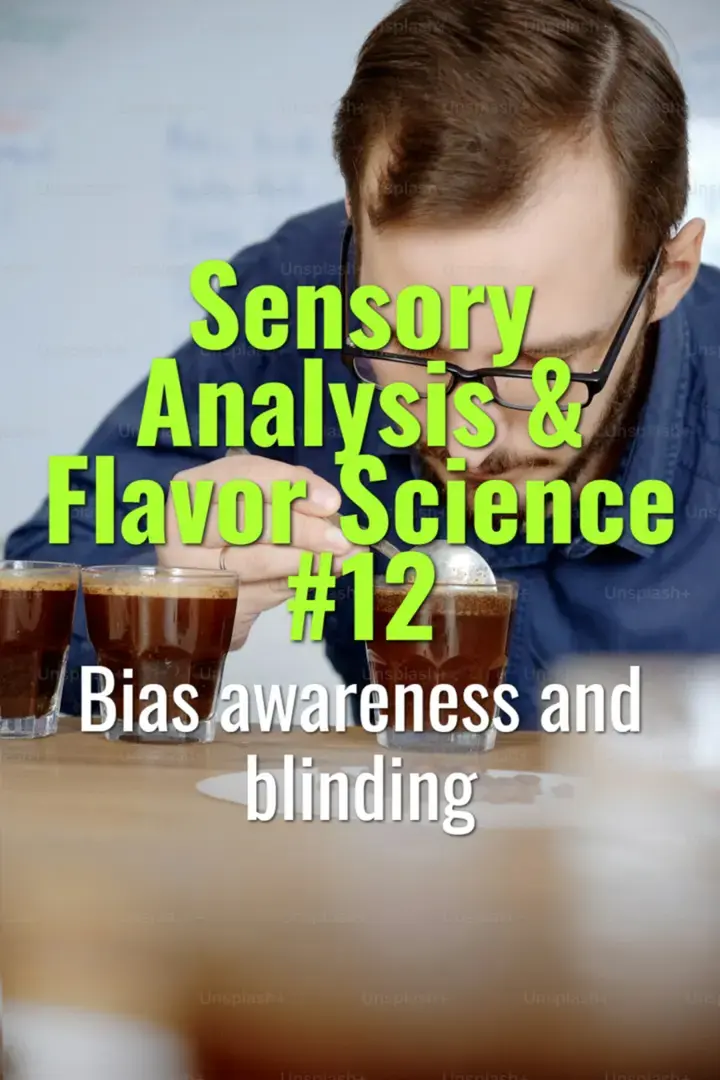
Bias awareness and blinding
How bias influences sensory evaluation in coffee and how blinding techniques help ensure objectivity and reliability in cupping and testing.

How bias influences sensory evaluation in coffee and how blinding techniques help ensure objectivity and reliability in cupping and testing.
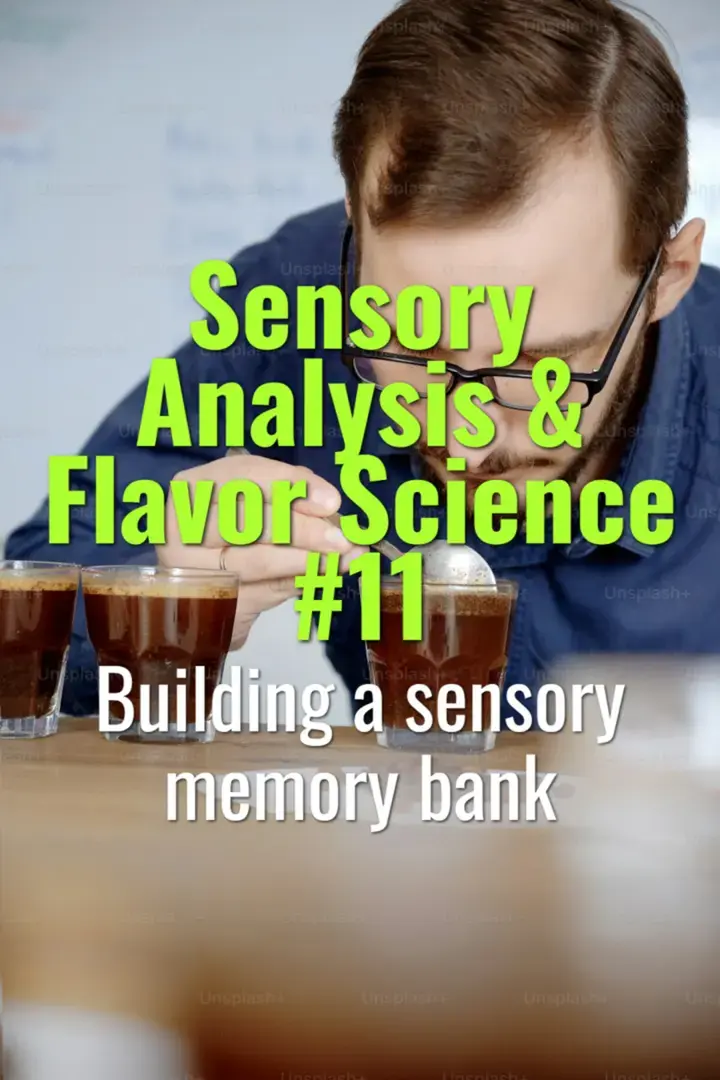
How to train your palate by building a sensory memory bank of flavors, aromas, and textures to improve consistency and precision in coffee evaluation.
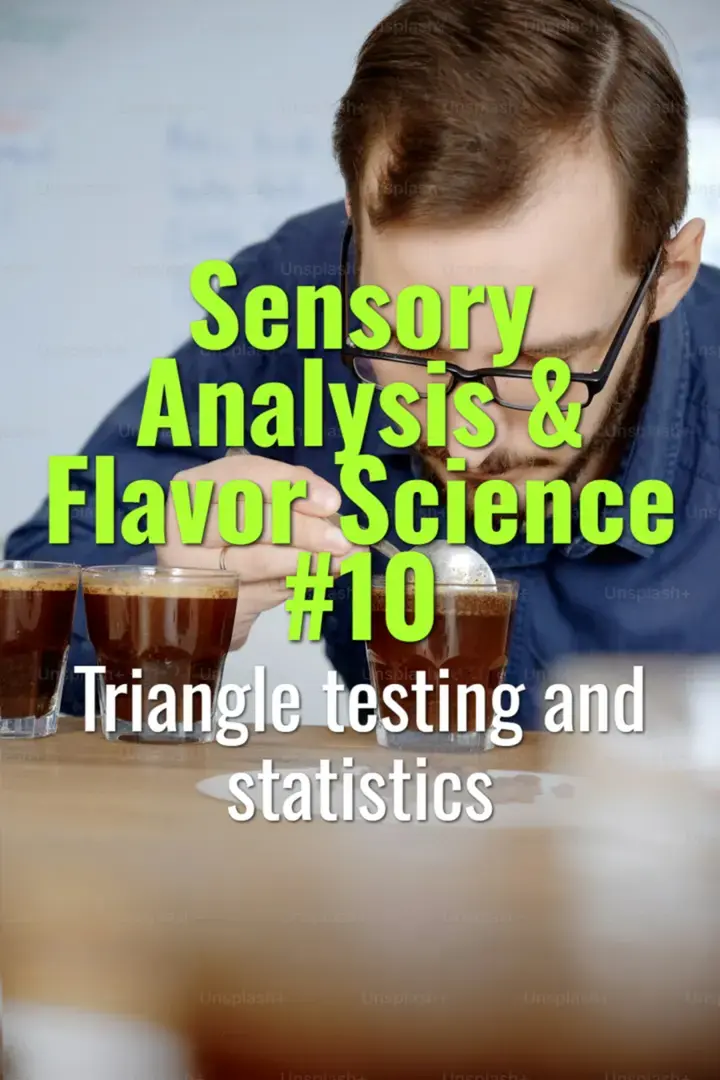
How triangle testing is used in coffee sensory science to determine whether detectable differences exist between samples, and how statistics validate the results.
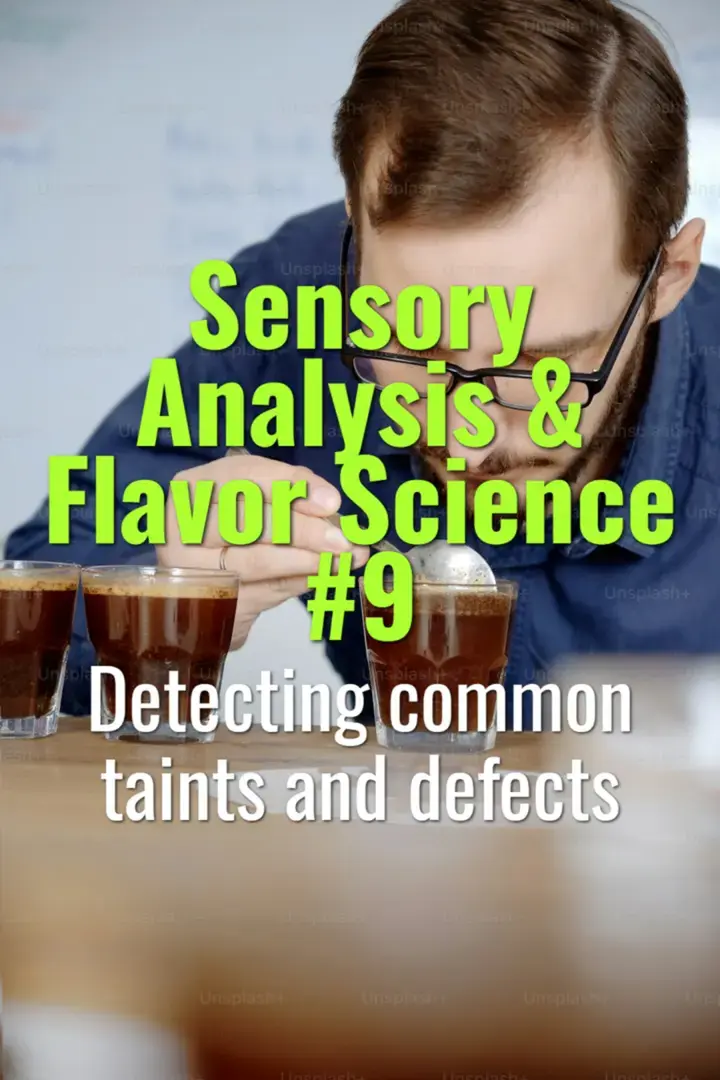
How to recognize, describe, and differentiate common taints and defects in coffee during sensory evaluation.
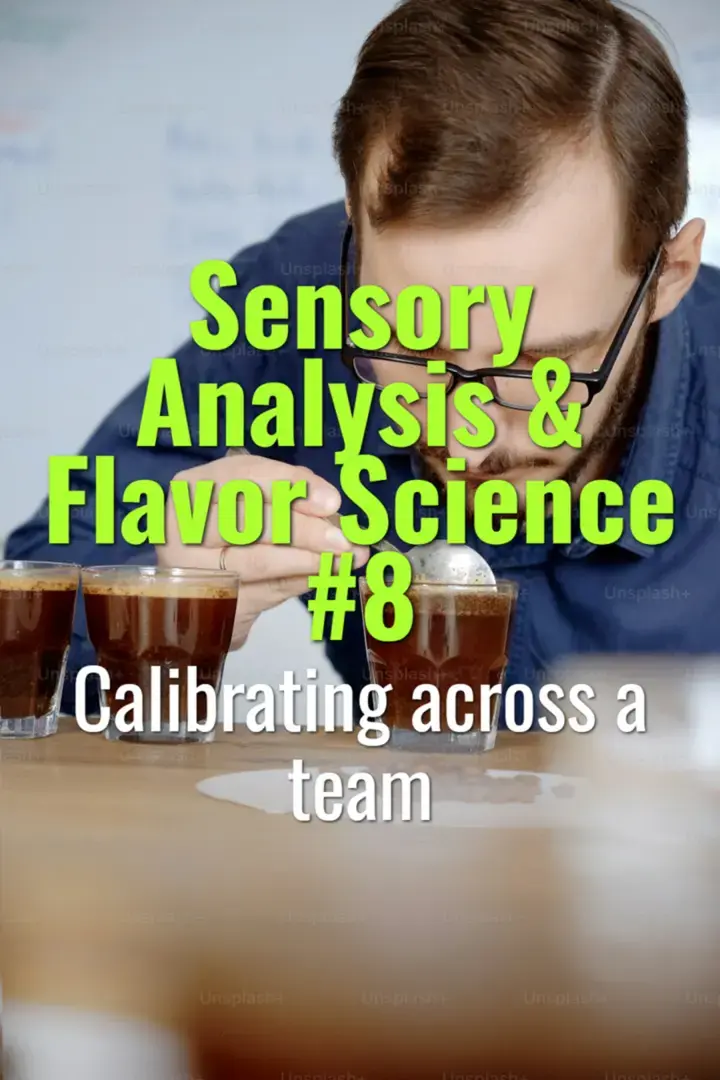
How to align sensory perception across a team of baristas, roasters, or cuppers so evaluations remain consistent and reliable.
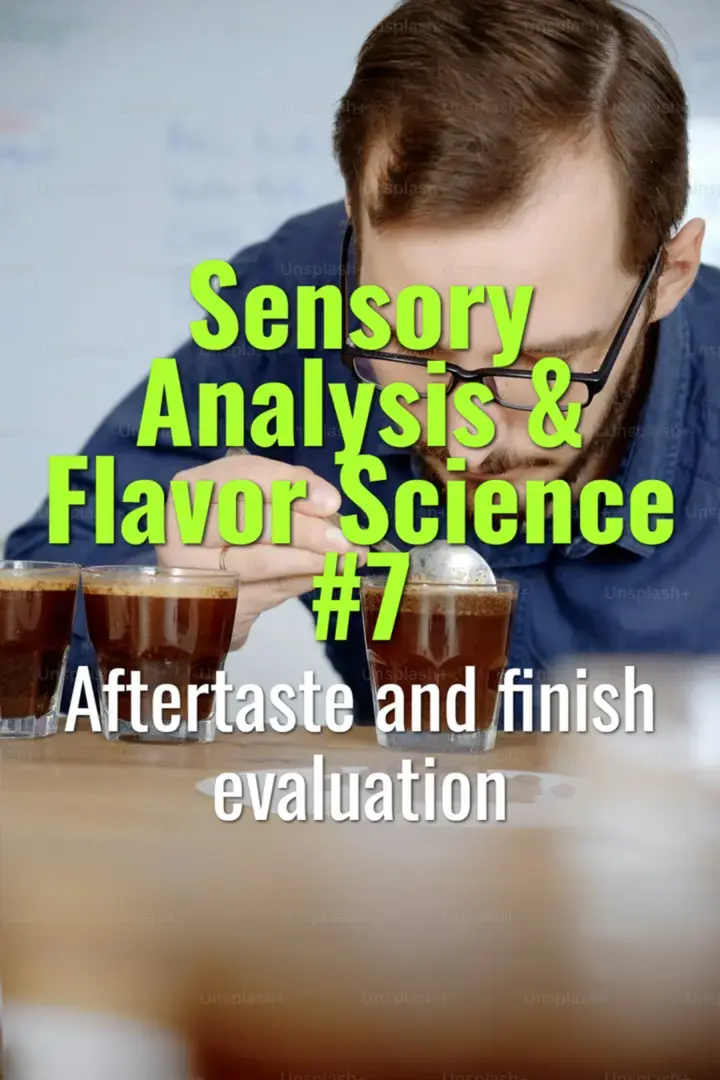
How to evaluate aftertaste (finish) in coffee, what factors influence its quality, and how it contributes to overall sensory experience.